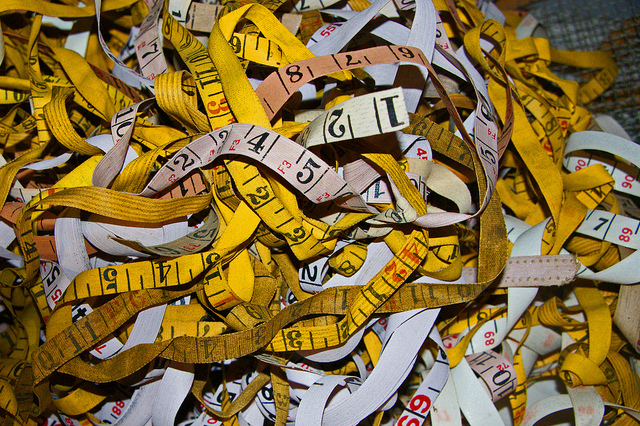How do you measure customer loyalty? Let me count the ways.

I recently interviewed a number of companies about their approach to customer loyalty. In each conversation I asked a variation of the question "How do you define and measure customer loyalty?" And what struck me is that while many companies define loyalty using various terms like share of wallet, length of relationship, engagement, and customer value, they often measure it using only transactional metrics. Now, there are various reasons for this. Some don't have access they to the data they need to gage emotional loyalty. Others don't have the analytics capabilities or resources they need to pull the pieces together. But loyalty if multi-faceted, complex, and has emotional and rational aspects that aren't mutually exclusive, and certainly can't be reduced to a single metric.
So what should you do? First, heed my rallying cry: It's time to push past purchase as a proxy for loyalty. Second, Forrester can help. Loyalty may be difficult to measure, but it's not impossible. My latest research report provides a framework that buckets loyalty measurement into four, cooperative levels:
- Programmatic measurement assesses loyalty program health. These metrics explain how the loyalty program grows in size, scope, and activity level over time. Sample metrics include enrollment rates, offer response rates, and program usage.
- Purchase measurement quantifies the customer relationship. These metrics explain how the loyalty strategy improves customer profitability. Sample metrics include average order value, frequency, and basket assortment.
- Engagement measurement takes emotional attachment to task. These qualitative and quantiative metrics that explain how their program or strategy impacts the quality and depth of the customer relationship. Sample metrics include: time spent on-site, recency, and affinity.
- Corporate measurement ties customer loyalty to business results. These metrics explain how the loyalty strategy helps the business achieve its goals. Same metrics include: margin, NPS, and wallet share.
If you're stumped when it comes to measuring customer loyalty, pulling metrics from the four levels above will help you not only gauge the success of your loyalty program, but also give you a sense of how your loyalty strategy impacts customer engagement, purchase behavior, and the overarching business.
So, tell me, how does your company measure customer loyalty? What metrics do you use to assess the emotional attachment of your loyal customers?
Photo by musicisentropy via Flickr
